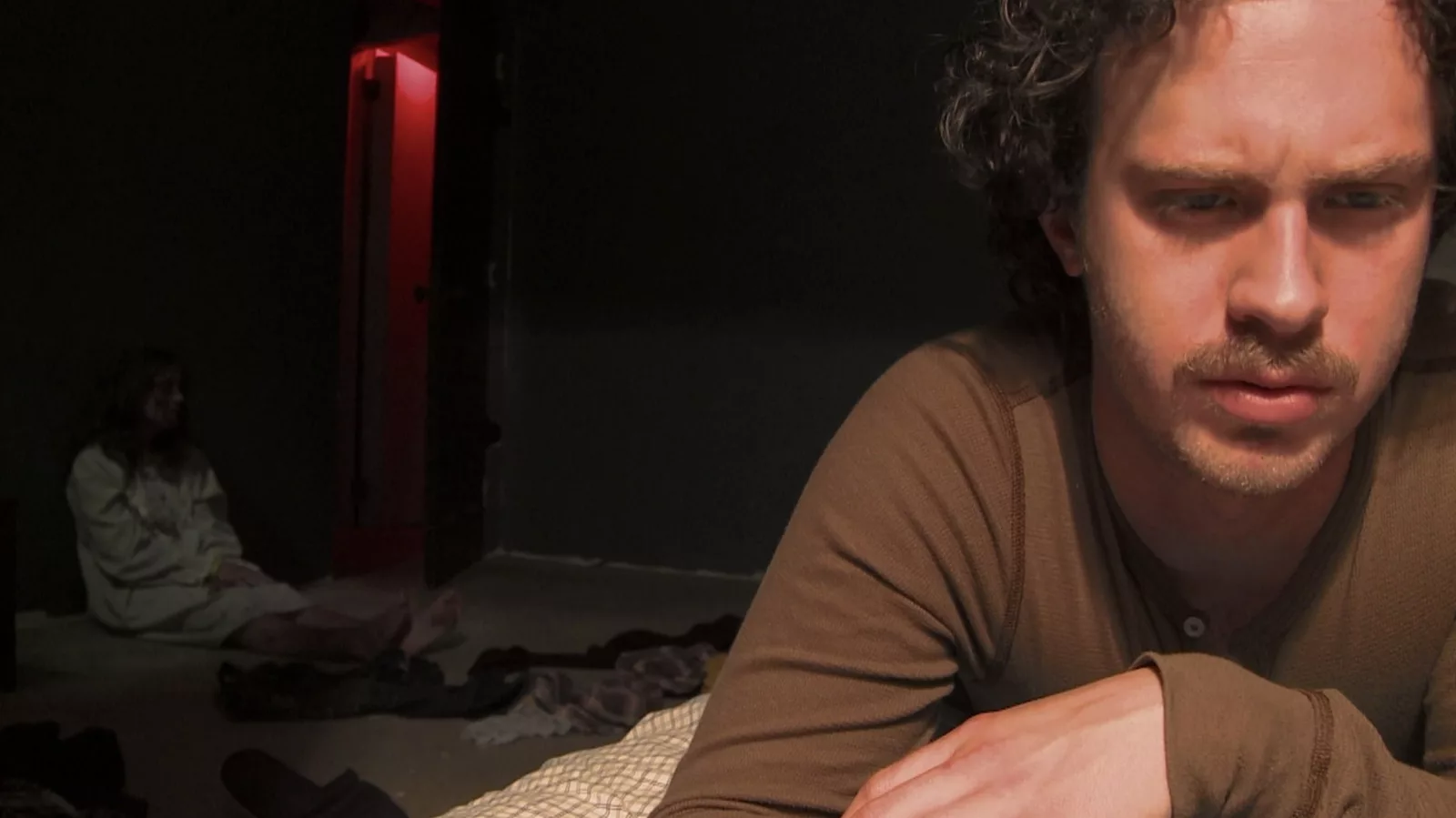
"It's disquieting coming upon this clown, and we, alongside the character wielding the camera, start. The clown's proportions match exactly those of a person, and we expect it to move, but it doesn't."
"The 'Hell House' franchise, in other words, makes a meal of subtlety. This is not to say that Cognetti's films are sparse or measured, their horror abstract or bloodless, arid or ambiguous."
"These films depict a sensuous horror, one that is immediately legible and leans toward a near pulp sensibility, which is apt for a series anchored in the Faustian bargain."
"The eerie in this franchise is never apparently or satisfactorily resolved, at least not satisfiably enough for our reflexes or our subjectivities."
Stephen Cognetti's 'Hell House' films effectively evoke horror through subtlety, particularly via the character of a clown mannequin that unnervingly resembles a real person. As viewers navigate labyrinthine settings alongside the camera-wielding characters, the anticipation of the clown's seemingly imperceptible movements generates palpable tension. The films blend an understanding of speculation and suspense, crafting a sensuous horror narrative that captives the audience. Despite being grounded in a Faustian concept, the eerie mysteries of the franchise remain unresolved, sustaining an unsettling atmosphere that keeps viewers engaged.
Read at Roger Ebert
Unable to calculate read time
Collection
[
|
...
]